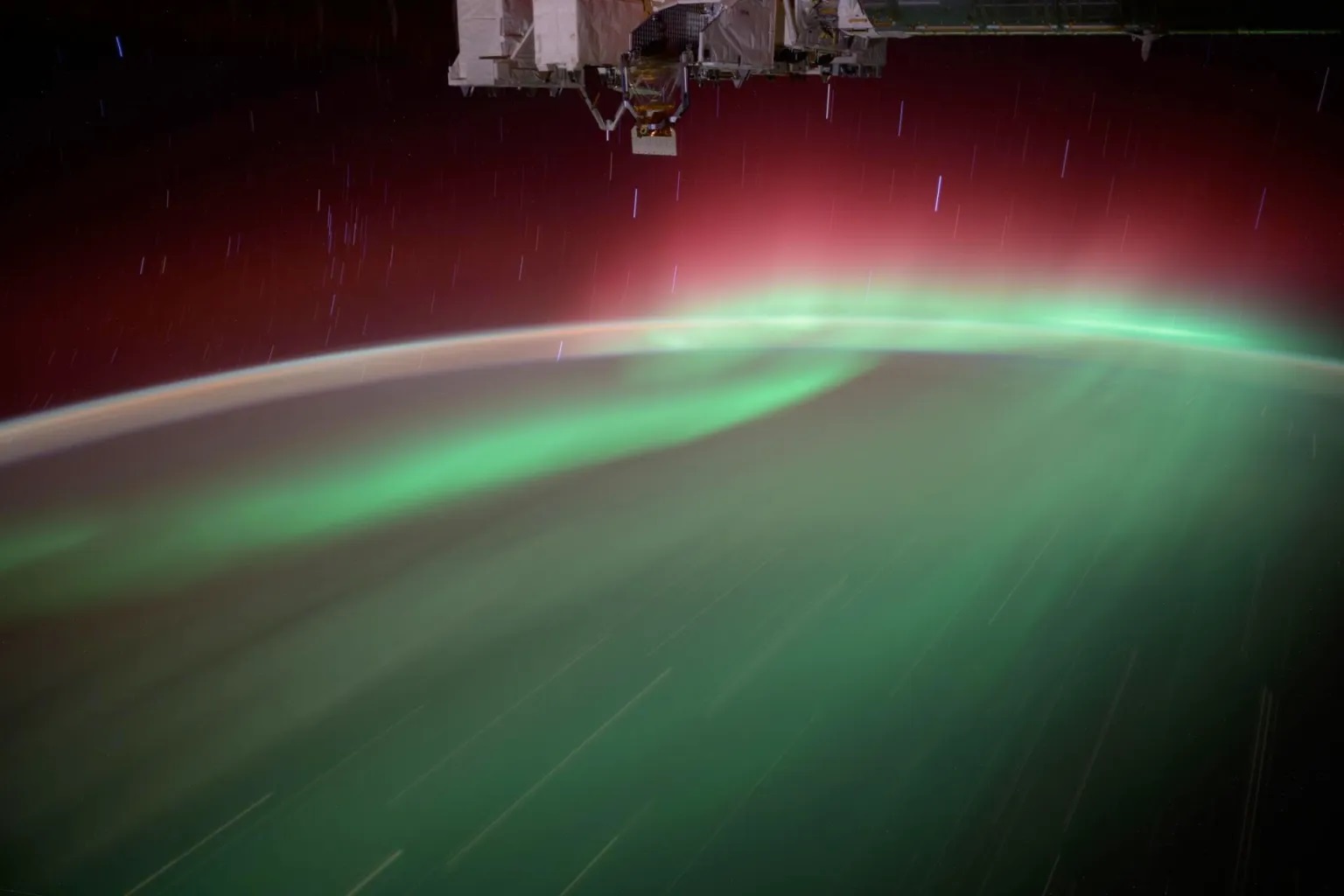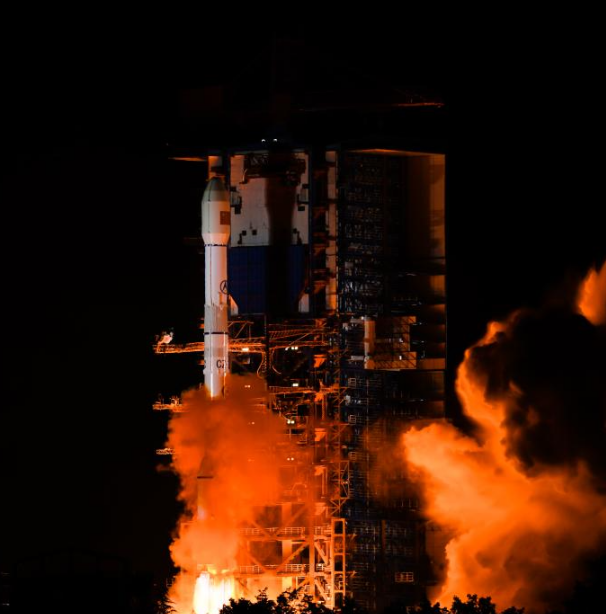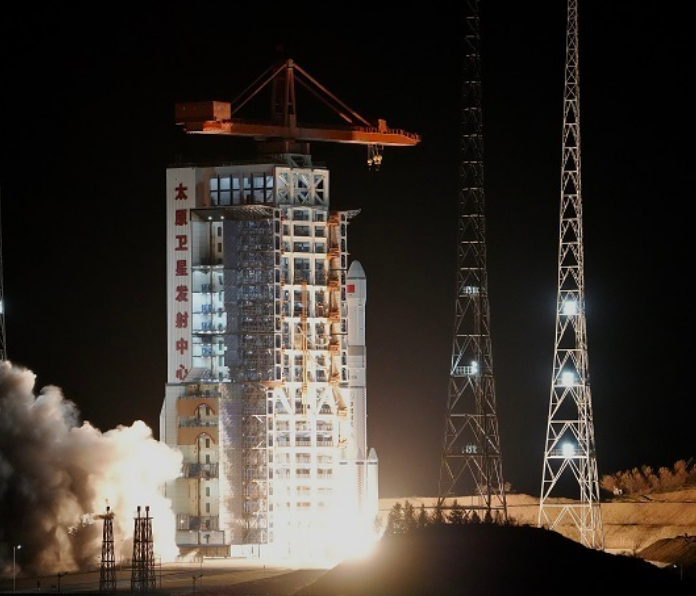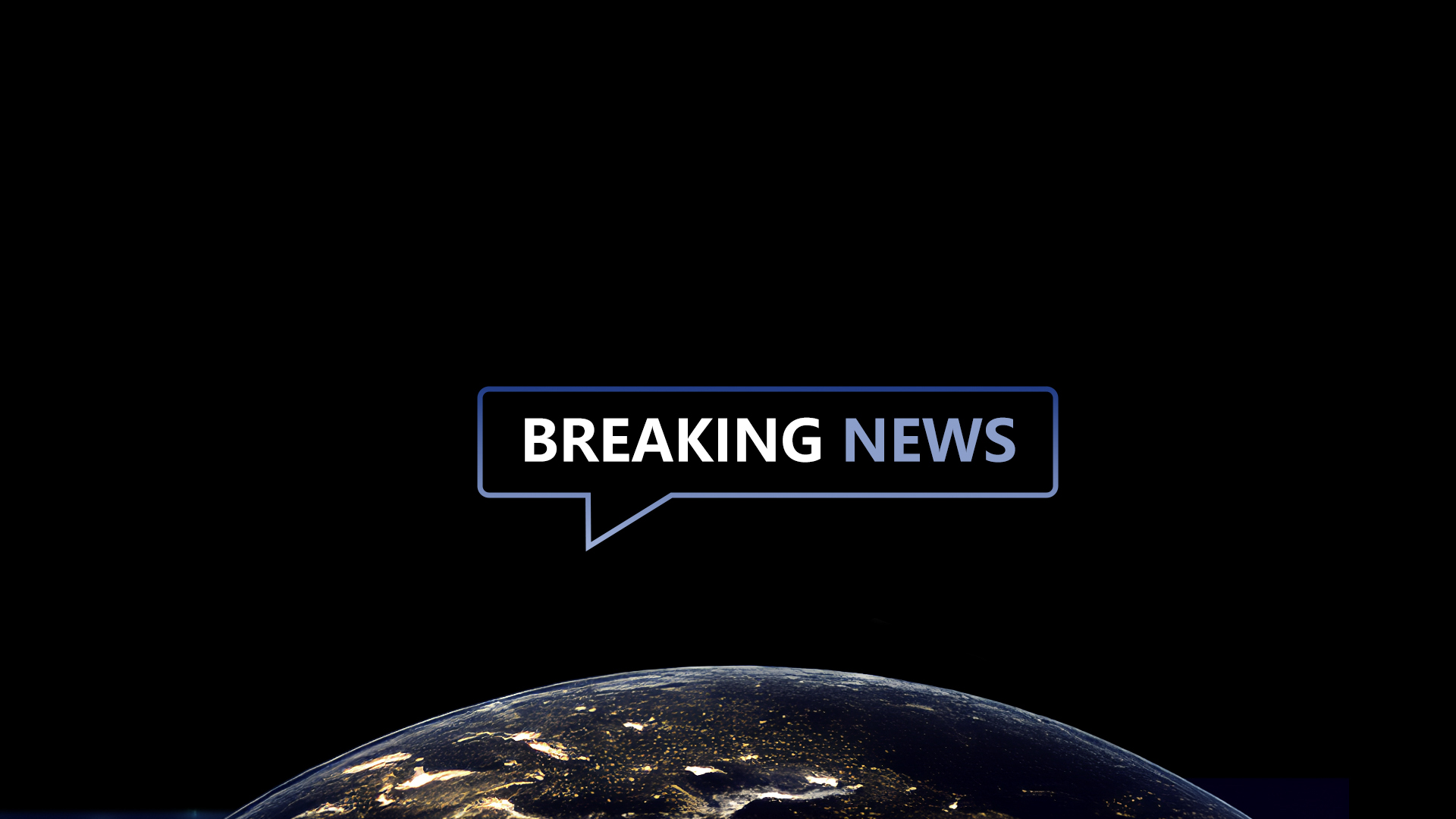12
2024-12
Geomagnetic storms cause “mass migrations” of satellites

An aurora seen from the ISS. Geomagnetic storms that create auroral displays can also affect satellite orbits and, with them, collision avoidance efforts. Credit: NASA
The phenomenon was first seen in May during a major solar event called the Gannon storm. That event is best remembered for creating auroral displays in the northern hemisphere at latitudes much further south than normal.
The storm also increased atmospheric density at low Earth orbit altitudes by up to an order of magnitude, said William Parker of the Massachusetts Institute of Technology during a presentation at the annual meeting of the American Geophysical Union here Dec. 9. That increased density results in more drag, affecting satellite orbits.
The first problem was the low accuracy of forecasts of the timing, magnitude and duration of the storm. “As a result of this low skill in our forecasts, SpaceX saw 20 kilometers of position error in their one-day computations” of the orbits of Starlink satellites, he said. “If we’re uncertain in where our spacecraft are by 20 kilometers, then you can throw collision avoidance out the window.”
The problem was compounded by a lack of knowledge of just how inaccurate the forecasts were at the time. “We were pretty confident in those bad solutions,” he said. “Being confident in the wrong answer fundamentally changes the decisions that we’re making whether or not to maneuver the spacecraft.”
The second issue came shortly after the peak of the storm. The increased drag caused satellites’ orbits to decay to the point where they performed maneuvers, often automated, to raise their orbits to the altitudes they were at before the storm. In the last geomagnetic storm of the same magnitude as the Gannon storm, in 2003, there was an increase by a factor of two to three from the baseline of about 10 satellites a day making orbit-raising maneuvers.
After the Gannon storm there was a far sharper response. In one day after the storm, nearly 5,000 satellites, nearly all Starlink, performed orbit-raising maneuvers, far higher than the baseline of about 300 satellites a day. “This is half of all active satellites deciding to maneuver at one time,” Parker said. “This makes it the largest mass migration in history.”
That record, he added, was broken in October after another geomagnetic storm with a slightly higher number of satellites moving in one day, the difference being the addition of hundreds of Starlink satellites launched in the months between the two events.
Those mass maneuvers further complicate collision avoidance efforts already hampered by the position errors from the storm. “Then we have no idea when a collision is going to happen. We lose that capability for days at a time,” he said.
That wasn’t appreciated at the time by satellite operators, he said, because of a lack of awareness of the position errors and the mass-migration phenomena. “Lots of operators continued to maneuver as if nothing was wrong, but all of those maneuvers were pointless because they didn’t represent reality.”
That underscores the need, he concluded, for improved space weather models and forecasts. “This is a significant impact,” he said. “This is critical infrastructure to all of our space operations moving forward, and it will only become more important as time goes on.”
-
29
2025-05

Tianwen-2 Mission Launched Successfully
At 1:31 AM today, China successfully launched the Tianwen-2 planetary exploration probe from the Xichang Satellite Launch Center using the Long March-3B Y110 carrier rocket.
-
13
2025-05

Communication Technology Experiment Satellite No. 19 Successfully Launched
At 2:09 on May 13, China successfully launched the Communication Technology Experiment Satellite No. 19 from the Xichang Satellite Launch Center using a Long March 3B carrier rocket. The satellite smoothly entered its predetermined orbit, and the launch mission was a complete success.
-
12
2025-05

Remote Sensing Satellite No. 40, Group 02, Successfully Launched
On May 11 at 21:27, China successfully launched the Remote Sensing Satellite No. 40, Group 02, from the Taiyuan Satellite Launch Center using a Long March 6A carrier rocket. The satellite entered its predetermined orbit smoothly, and the launch mission was a complete success.









